Gastric dilation (commonly known as bloat) is an acute and often life-threatening condition in rabbits that requires immediate veterinary attention from a rabbit vet. It can cause a perfectly healthy rabbit to become very unwell very quickly.
The most common cause of this condition is an intestinal obstruction caused by a trichobezoar (a hair ball). It is normal for rabbits to ingest hair as they groom, however in some cases the hair can join together with some of the ingesta (food) and can form a ‘ball’ shape. This ‘ball’ is normally slightly larger than the rabbit’s normal faeces. While it sits in the stomach no harm is generally done however if it starts to mobilise from the stomach and moves into the small intestine then in some cases a blockage can occur.
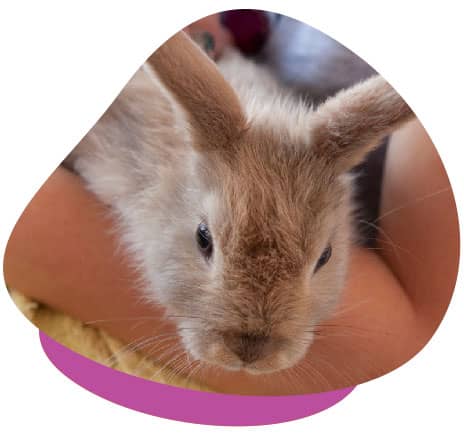
Rabbit stomachs only have one entry and exit, and unlike most species, rabbits are unable to vomit or ‘burp’. This means that if the exit from the stomach to the intestine is blocked then there is nowhere for the fluid and gas that normally accumulates in the stomach to go.
This leads to the rapid increase in the size of the stomach which can cause a lot of pain and discomfort. This gastric dilation can put pressure on the chest and compromise breathing and the normal circulation of blood. In addition to this, changes to blood volume and electrolyte levels can occur.
Common Causes of Intestinal Obstruction:
By far the most common cause of this condition is a blockage with pellets of compressed hair, known as a trichobezoar. These pellets are similar in appearance to normal faecal pellets but larger in size. Other potential cause of this condition includes:
- Intestinal cancer
- Carpet fibres
- Post-surgery adhesions
- Intestinal intussusceptions
- Other foreign materials that have been eaten when they shouldn’t have been
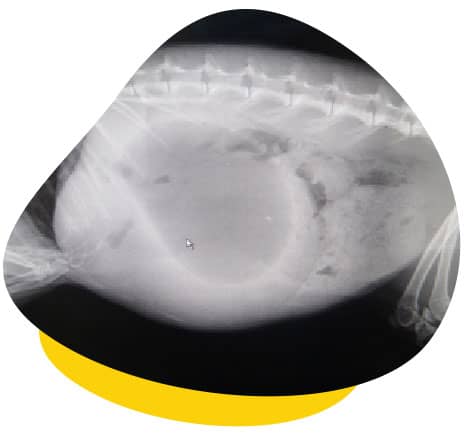
Where Does the Intestinal Obstruction Generally Occur?
The two most common areas of the blockage are at the proximal duodenum (the first part of the small intestine) or at the ileocaecal junction (where the small intestine meets the caecum).
How is Gastric Dilation Diagnosed?
The distended abdomen is often apparent on abdominal palpation. To confirm the blockage radiographs (x-rays) and a blood glucose measurement are generally performed.
What Are the Treatment Options?
There are two main treatment options that are generally considered:
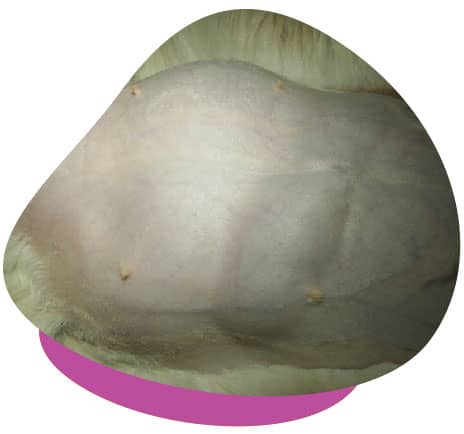
Medical Management
Medical management involves active warming if needed, strong pain relief, intravenous fluid therapy and in some cases gastric decompression with a stomach tube under anaesthesia.
Surgery
An exploratory laparotomy is indicated in some cases. This involves surgery to locate and remove the obstruction from the small intestine. This is often performed by gently compressing the obstruction (remember it is often mainly hair) and ‘milking’ it through to the large intestine where it can be later defecated out. This option is generally performed in conjunction with medical management.
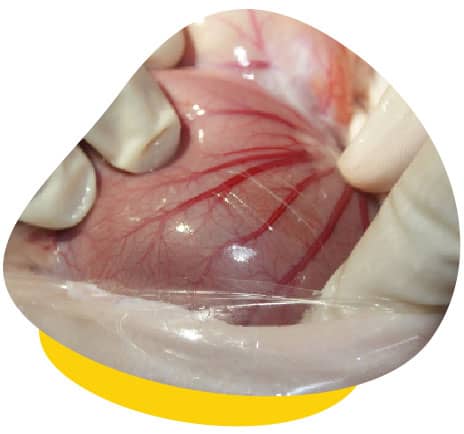
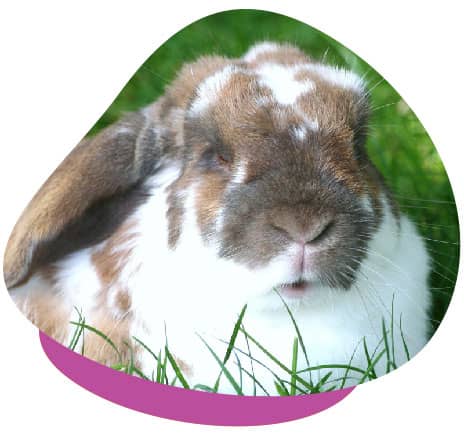
What is the Prognosis if My Rabbit is Diagnosed With Bloat?
The prognosis can be variable depending on the clinical state of the rabbit and the duration of the gastric dilation. In many cases rabbits can make a full recovery if prompt treatment is initiated.
If you have any further questions, please don’t hesitate to get in touch with us.

